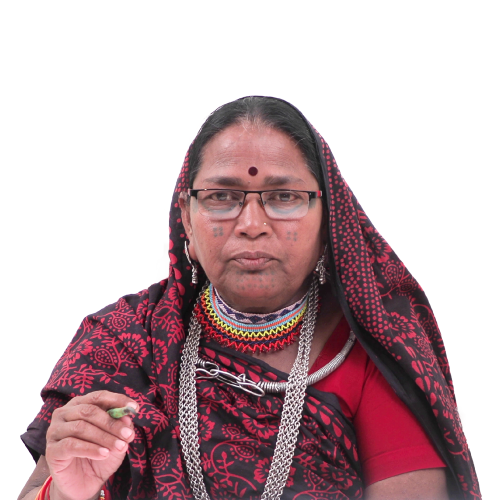Bhil Course
Bhil Art Course by Master Artist Lado Bai
About This Course
This one-of-a-kind experience offers exclusive insights into the rich cultural history of Bhil art by none other than India’s Bhil master artist, Lado Bai. Whether you're a beginner or an experienced artist, this course will help you get a better understanding of the art. You'll explore traditional techniques like the signature dot-painting method and symbolic storytelling through motifs inspired by animals, trees, and tribal life. Through the duration of this art course, you get a deep insight into the life and career of the master artist, followed by detailed instructions to create a variety of motifs and understand the nuances of Bhil, one of India’s most soulful art forms.
Course Curriculum
5 chapters • 49 lessonsMaterials Required
colour - 1
About the Instructor
Frequently Asked Questions
How is this Rooftop online Bhil course different from other courses?
Will I be able to create my own Bhil artworks after this course?
What is the duration of this Indian art course?
Do I need to know the basics of Bhil art to join the course?
Is this course useful for researchers and educators in Indian art?
Related Courses
Save $ 40.00 (20% off)

